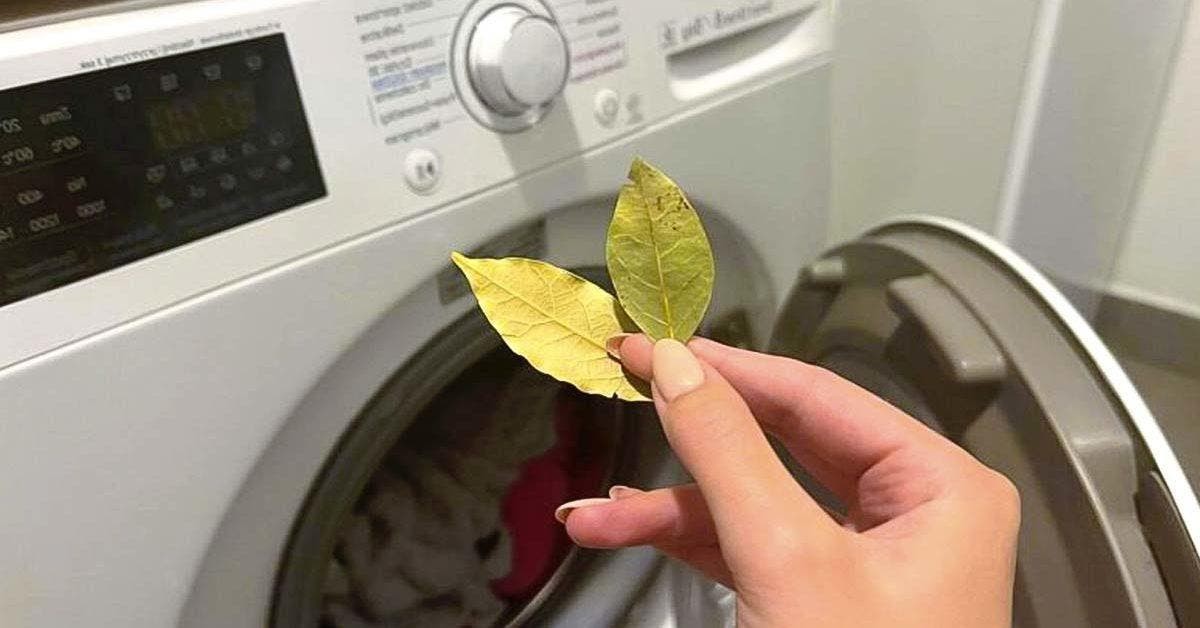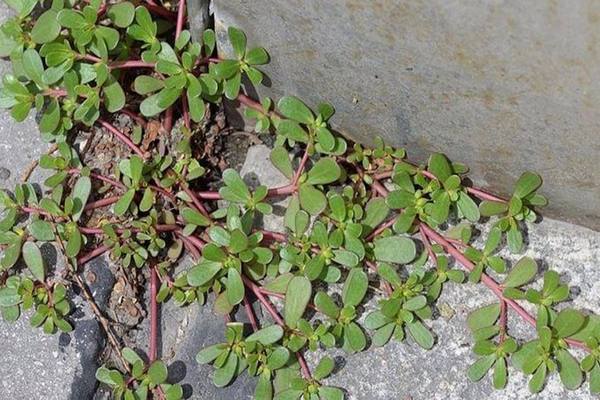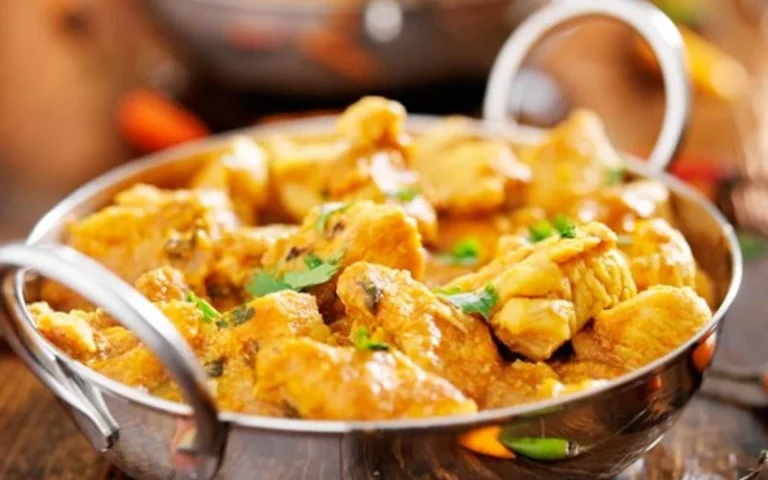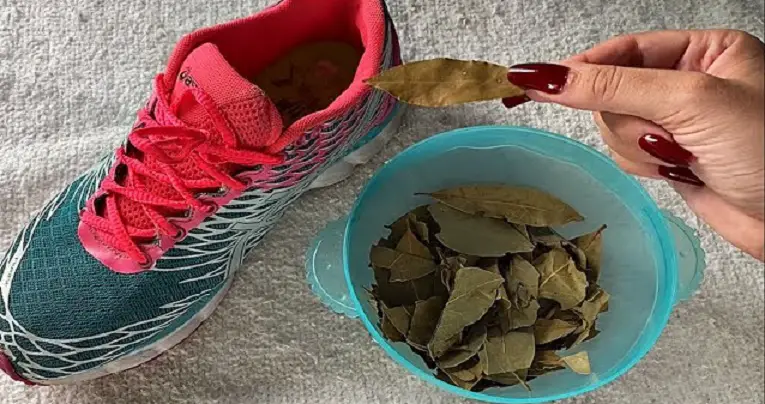Here’s why you should add bay leaves to the machine while washing
Back to basics: the use of bay leaf
Our ancestors had in-depth knowledge of the virtues of natural products, among which bay leaf occupies a special place. Used for generations for its culinary benefits, it also proves to be an excellent substitute for modern fabric softeners.
Indeed, bay leaf, thanks to its unique properties, can revive the softness of your laundry, delicately perfume it, preserve its colors and protect it against fading.
How to enjoy the benefits of bay leaf
- For direct washing
Place a few bay leaves in a cloth bag and place it in the drum of your washing machine. This method prevents leaves from scattering on your clothes while diffusing their properties during the wash cycle.
- Pre-soak your laundry:
For an even more pronounced effect, opt for pre-soaking your laundry.
- Prepare a decoction by boiling 10 to 15 bay leaves in a liter of water for 3 minutes.
- Let it steep for 20 to 30 minutes before straining and allowing the solution to cool.
- Pour the infusion into a tray of water and soak the laundry for a few hours.
- Then proceed with washing as usual.
For information
This method is particularly recommended for colored textiles. For light fabrics, it is best to avoid bay leaves , as they may slightly alter the shade. In this case, adding two tablespoons of salt to the wash cycle may prove beneficial.
Why adopt this method?
- In addition to the undeniable economic aspect, the use of bay leaf for linen care is part of an ecological and healthy approach.
- Unlike chemical softeners, it does not add artificial substances to your clothes and wash water, helping to preserve the environment.
- In addition, this ancestral method promotes a return to more natural and environmentally friendly practices.
By integrating bay leaf into your washing routine, you are choosing a natural, effective and economical alternative, while reconnecting with traditions that have proven themselves over generations.
Read also:
- Grandma’s tip for drying your clothes in 15 minutes in winter
- 12 tips for whitening laundry
- Cleaning your washing machine with lemon: the step-by-step guide





